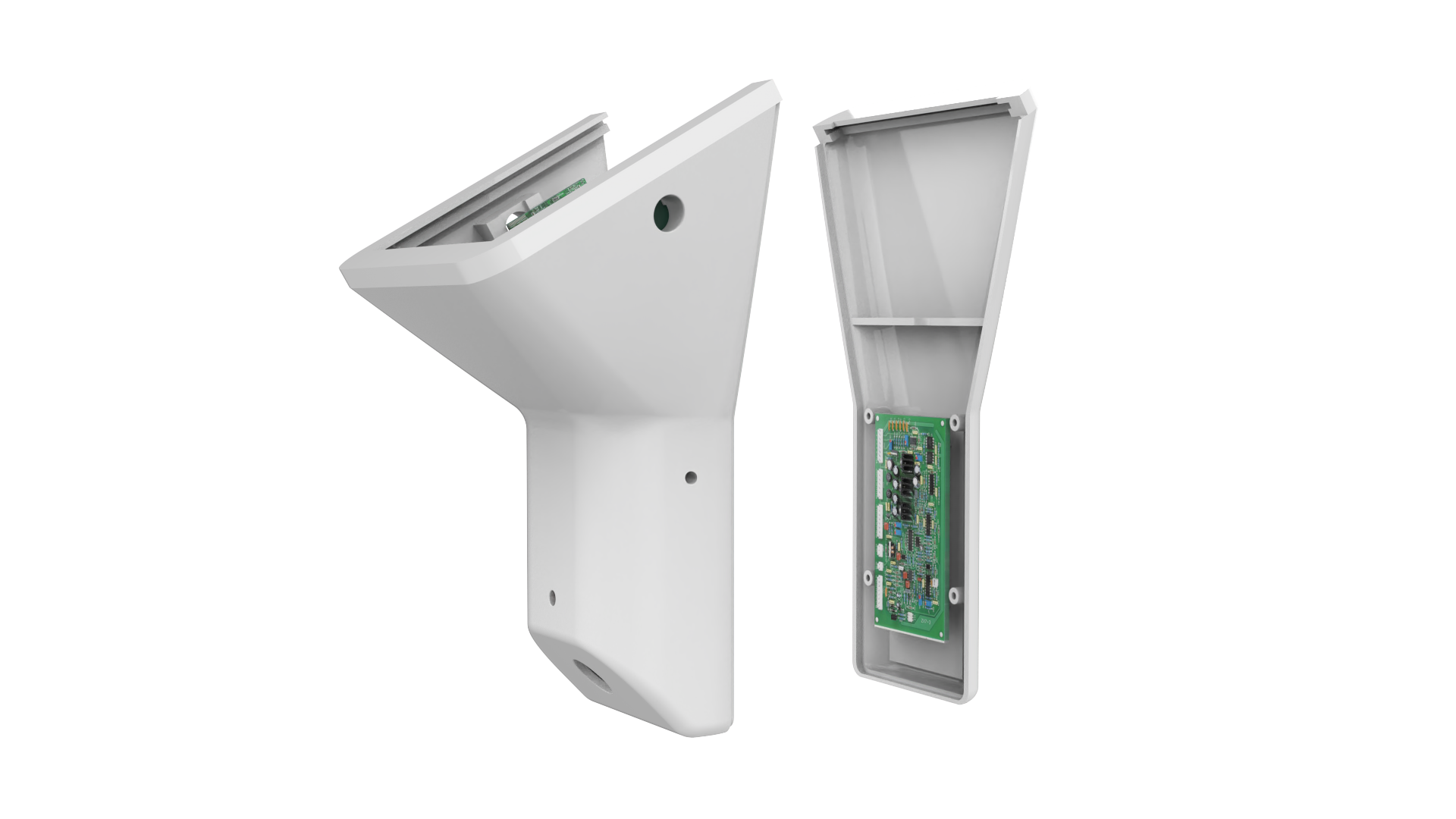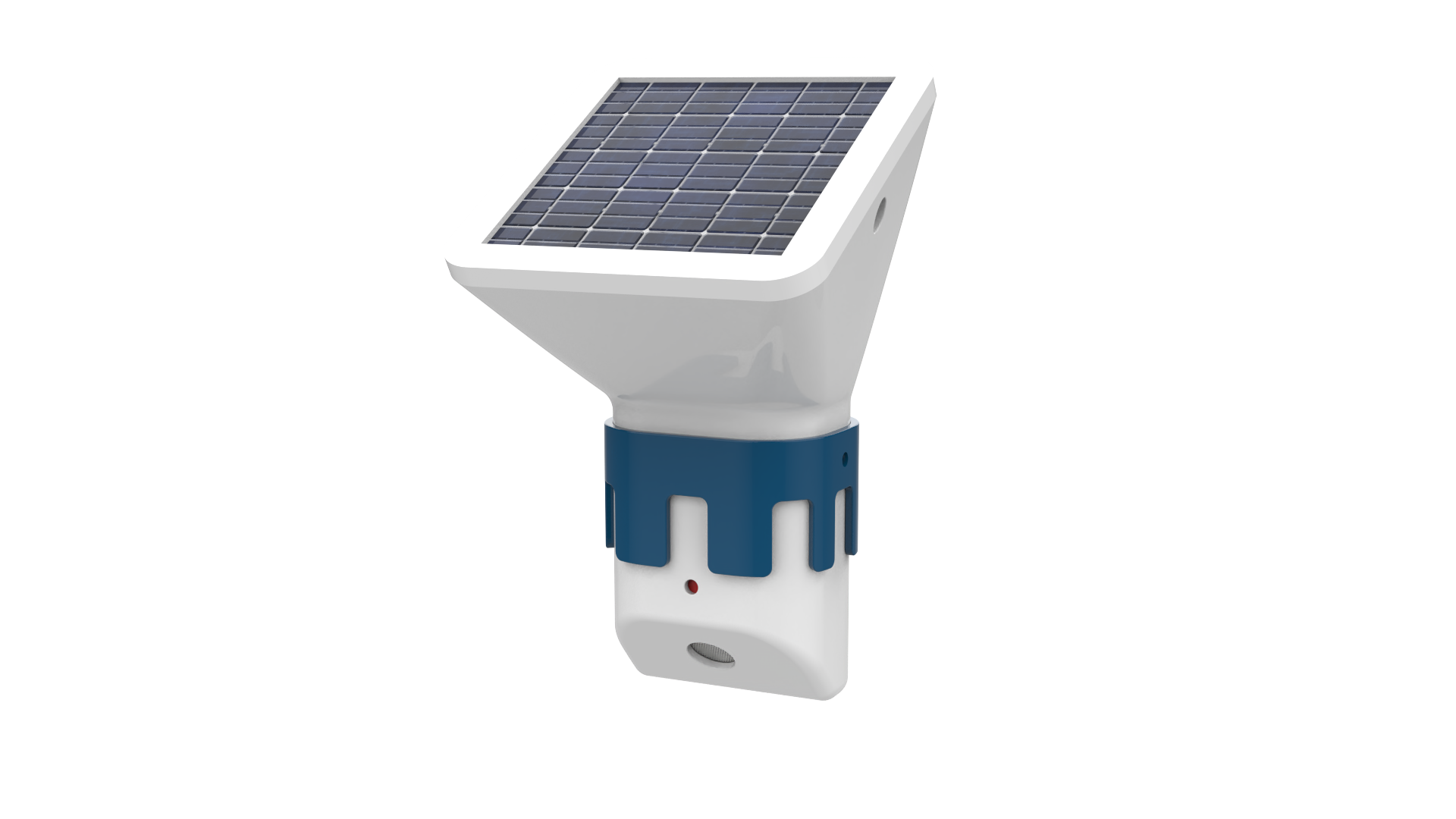Ora - A Non-habituating, Low Cost, Audiovisual Animal Warning System
Vehicle-detection and animal warning system designed to mitigate roadkill by actively involving wildlife in collision prevention through audiovisual alerts.


Abstract
Growth economies continue to be more reliant on roadways than ever before. Over 30,000 miles of road are added yearly to the already enormous road system that exists in the United States. As roads segment habitats, animals have no option but to walk across them for food, water and companionship. In the process they end up becoming roadkill.
Current methods for preventing roadkill are primarily passive and do not utilize the animal's natural instincts. An alternative approach is actively involving the animal, warning it of an oncoming vehicle, and triggering its survival instincts. "Ora" is a vehicle-detection/animal warning system that could be used to deter wildlife from the roadside when vehicles approach.
Problem Statement
Wherever wildlife habitat and roadways overlap, roadkill seems inevitable. These animal deaths have a direct impact on the biodiversity and dynamics of an ecosystem and roadkill poses a threat to many species that are fighting local extinction. Vehicles colliding with animals results in human fatalities, life changing injuries and extensive property damage.
The challenge was to develop an active warning system that could detect approaching vehicles and alert wildlife using their natural survival instincts, rather than relying on passive barriers that animals could habituate to over time.
Technical Implementation
Vehicle Detection System
- • Headlight detection from distances of >120 ft
- • Inertial noise filtering algorithm for false positive reduction
- • Self-learning/calibrating algorithm for ambient light baseline
- • Scalable design eliminating calibration needs in varied environments
- • Vehicle detection before exiting detection zone: 100% success rate
Wildlife Alerting System
- • Audiovisual warning signals to trigger animal survival instincts
- • Predatory sounds (pre-loaded, randomly played to avoid habituation)
- • Variable light wavelengths optimized for animal receptiveness
- • Random light pattern selection to prevent habituation
- • User-configurable modalities for different wildlife species
Research Methodology
System Design
- • Vehicle detection using headlight recognition
- • Ambient light level monitoring and comparison
- • Audiovisual warning signal generation
- • Non-habituating random pattern selection
- • Low-cost, scalable implementation
Field Testing
- • 4-lane highway testing under nighttime conditions
- • Device located on highway side
- • Multiple vehicle types and lighting systems tested
- • Performance metrics across different detection distances
- • Statistical analysis of detection accuracy
Results & Performance
Ora demonstrated exceptional performance in vehicle detection, achieving 100% success rate in detecting vehicles before they exited the detection zone. The system showed robust performance across different vehicle types and lighting conditions.
Detection Performance
- • 100% detection success rate before zone exit
- • 96.5% detection from 60 ft or further
- • Majority of detections: 120-240 ft range
- • Optimal performance with high beams and larger vehicles
- • Halogen lights: 14% of test set, 157 ft average trigger
System Advantages
- • Non-habituating design prevents animal adaptation
- • Low-cost implementation for widespread deployment
- • Scalable across different environments
- • User-configurable for varied wildlife species
- • Active involvement of animals in collision prevention
Technologies Used
Conference Presentation
ICOET 2021 - International Conference on Ecology and Transportation
Presented research on Ora, a non-habituating, low-cost audiovisual animal warning system designed to mitigate roadkill through active wildlife involvement in collision prevention.
Conference: ICOET 2021
Topic Area: Terrestrial wildlife and ecosystem interactions
Session: Multi-Media Session 2
Environmental Impact
Ora provides a low cost, scalable solution to mitigate roadkill. It can help reduce permanent habitat fragmentation by allowing the animals to cross when there is no danger and warn them early when there is a potential threat. The system addresses critical biodiversity challenges while improving human safety and reducing property damage from wildlife collisions.
Real-World Deployment
Beyond roadkill prevention, the Ora system was deployed at the San Diego Zoo as an animal deterrent to protect their collection animals from mountain lions without harming any species. This deployment demonstrated the system's versatility in conservation applications and its effectiveness in real-world wildlife management scenarios.
The San Diego Zoo implementation showcased how the same core technology could be adapted for different conservation challenges, proving the system's potential for broader wildlife protection applications beyond transportation corridors.
Future Work
Future development will focus on expanding the system's capabilities to different wildlife species and environments, improving detection algorithms for various lighting conditions, and developing more sophisticated habituation prevention strategies.
The research foundation provides a framework for developing other active wildlife conservation solutions, with potential applications in other transportation corridors, wildlife crossings, and areas where human infrastructure intersects with natural habitats.